Chemical Weapons Convention and its implementation
In 1997, the Convention on the Prohibition of Chemical weapons. In accordance with this document, the countries of the world had to stop the development, production and use of chemical warfare agents, as well as begin the disposal of accumulated stocks. The last problem is still being solved. Some states have already completely got rid of their CW, while others are still continuing this work.
Legal framework
In 1925, based on the experience of the First World War, the so-called. The Geneva Protocol prohibited the combat use of asphyxiating and poisonous gases, as well as bacteriological agents. At the same time, the Protocol did not prohibit the development, production and stockpiling of such weapons. This feature of the document contributed to the active development of the direction of weapons of mass destruction.
New measures in this direction were taken only a few decades later. As a result, at the end of 1992, the General Assembly approved a new Chemical Weapons Convention (CWC). In early 1993, it was opened for signing. The Convention entered into force in April 1997, after signing and ratification by 65 states.
To date, the CWC has been ratified by 189 countries. North Korea, Egypt and South Sudan did not sign this document, and Israel, having signed one of the first in 1993, has not yet ratified it.
The Convention introduces a complete ban on the production and use of chemical weapons of all types. It is also required to eliminate the capacity for its production and destroy the accumulated reserves. International cooperation is envisaged for the fulfillment of these tasks and inspections through the Organization for the Prohibition of Chemical Weapons.
In accordance with the original plan, the process of complete destruction of the accumulated CW stocks was supposed to take about 10 years. So, for the first 3 years, by April 2000, it was planned to carry out the first stage of work and utilize 1% of world reserves. The second stage, lasting 2 years, provided for the destruction of another 19%. By April 2004, they were going to get rid of 45% of CW, and the complete destruction of stocks was to be completed in 2007. At the same time, the extension of the established deadlines was not ruled out.
Accumulated stocks
By joining the Convention, the countries transmitted to the OPCW information on existing production facilities and accumulated stockpiles of chemical weapons. Inspections were also carried out to verify the declared data and to exclude the concealment of production facilities or weapons.
It was reported that 14 countries had their own production of chemical weapons, and one of them was not named in open documents. A total of 65 enterprises operated in this industry. By 2007, all these productions were stopped. In addition, most of them were liquidated or rebuilt for other needs. A few years later, the remaining enterprises also ceased to exist in their former form.
A total of more than 8,7 million chemical munitions, containers and other means of storing and delivering weapons have accumulated in the arsenals of the States Parties to the Convention. The total amount of poisonous substances reached 70 thousand tons. Countries were required to destroy or process these stocks, either on their own or with foreign assistance.
Mission accomplished
Albania was the first to report the complete destruction of its CW stockpiles. It did not have its own production facilities, and the reserves amounted to only 16,7 tons. By the middle of 2007, these CWAs were completely disposed of. At the end of next year, the completion of the disposal of chemical weapons in an unnamed state was announced. Presumably, it was South Korea, which had unknown stocks. In the spring of 2009, India completely destroyed its reserves.
At the time of the signing of the CWC in 1993, Russia had the world's largest stocks of chemical weapons - almost 40 thousand tons of poisonous substances of all categories and hundreds of thousands of chemical munitions of various types. Due to organizational and financial difficulties, the preparation and destruction of these stocks was delayed. Nevertheless, by the beginning of the XNUMXs, enterprises for the disposal of chemical weapons began to operate.
By the end of the decade, Russian industry had successfully destroyed up to half of all stocks, and in 2014-15. reached the 80% level. On September 27, 2017, the last domestic chemical projectile was destroyed. Russia has fully complied with its obligations under the CWC, which was confirmed by the regulatory authorities.
In 2012, Syria acknowledged that it had some CW stockpiles. In the autumn of 2013, after provocations by illegal groups, Damascus agreed to destroy the existing stocks. CWAs were removed and disposed of on special vessels in neutral waters. In addition, the state has ratified the CWC. Works on the destruction of the CW stockpile were completed in mid-2014.
Work continues
The United States was the second largest CW - during the Cold War, they accumulated approx. 31,5 thousand tons of various means and a large number of delivery vehicles for them. American enterprises for the processing and disposal of CW began to work in the late nineties, almost immediately after the entry into force of the CWC. However, the process of destroying weapons encountered various difficulties and dragged on.
At the end of 2001, the US reported the destruction of a quarter of its stockpiles. In 2005, they reported breaking the 40% threshold. Five years later, the share of destroyed stocks doubled. In the tenth years, the rate of recycling fell sharply, and the estimated completion date was postponed several times. As a result, approx. 3% of available stocks. They plan to complete their destruction next year.
In the past, Iraq produced and used its CW. However, after the Gulf War, as part of a separate UN program, production was stopped, and the accumulated stocks began to be destroyed. Until the end of the nineties, most of the CWA was successfully disposed of. However, part of the ammunition and substances remained in the arsenals.
Iraq officially joined the CWC only in 2009, already under the new government. Then it was reported about the presence of several inactive industries and the remnants of previously accumulated stocks of weapons. The possibility of their destruction was considered, but no real plans were drawn up and work did not begin. According to known data, part of the Iraqi CW is still in storage and is waiting to be dealt with.
In 2004, Libya reported on its CWA stockpiles. At that time she was ok. 24 tons of weapons, a large number of components for their production and the necessary enterprises. In the future, it was planned to draw up and launch a recycling program. However, before the civil war of 2011, these plans could not be fulfilled. As a result, the Libyan stockpiles of chemical weapons have not yet been destroyed, and the situation in the country leads to known risks.
Successes and challenges
As we can see, the Chemical Weapons Convention, which entered into force in 1997, turned out to be the most successful and effective document of its kind. Unlike previous protocols and declarations aimed at combating CW, it actually led to the launch of real programs to stop production and destroy accumulated stocks.
To date, the vast majority of declared chemical weapons have been destroyed. In particular, Russia, the largest owner, got rid of its reserves. The country with the second largest reserves is completing their processing. The implementation of such work has noticeably fallen out of the original schedule, but the tasks set are still being fulfilled.
Nevertheless, certain difficulties, problems and challenges remain in the field of chemical weapons. As a consequence, toxic agents may still pose some threat of a military or humanitarian nature.
First of all, there are risks associated with the remaining stocks of chemical weapons. So, in the USA, Iraq, Libya and other countries, hundreds of tons of CWA have not yet been destroyed. Improper storage conditions can lead to spills, contamination of the area, or weapons falling into the hands of terrorists. Both scenarios are very dangerous.
However, the complete destruction of known CW stocks does not provide complete protection against possible attacks. As the Syrian experience shows, the simplest and most accessible chemicals, such as chlorine, can be used to provoke and attack civilians. We should also remember the Japanese extremist sectarians, who under artisanal conditions were able to produce a large amount of sarin.
Syrian events and story with the notorious "Novichok" show another characteristic modern problem. The OPCW and other institutions or mechanisms of particular importance to security and stability may be controlled by specific countries and used for political purposes. At the same time, objectivity suffers, and prerequisites for new threats are created.
Responsible direction
Thus, the topic of chemical weapons and chemical warfare agents is still relevant. The process of destroying such weapons and their means of delivery continues, although it is seriously behind the original schedule. New programs for the chemical disarmament of new countries are also drawn up and implemented.
With all this, a number of characteristic problems and risks remain, in connection with which the relevant international organizations continue to work. In addition, CWC member countries should take an active part in these processes. By paying due attention to the destruction of chemical weapons, they will help achieve common goals, as well as protect themselves from provocations or attacks of various kinds.
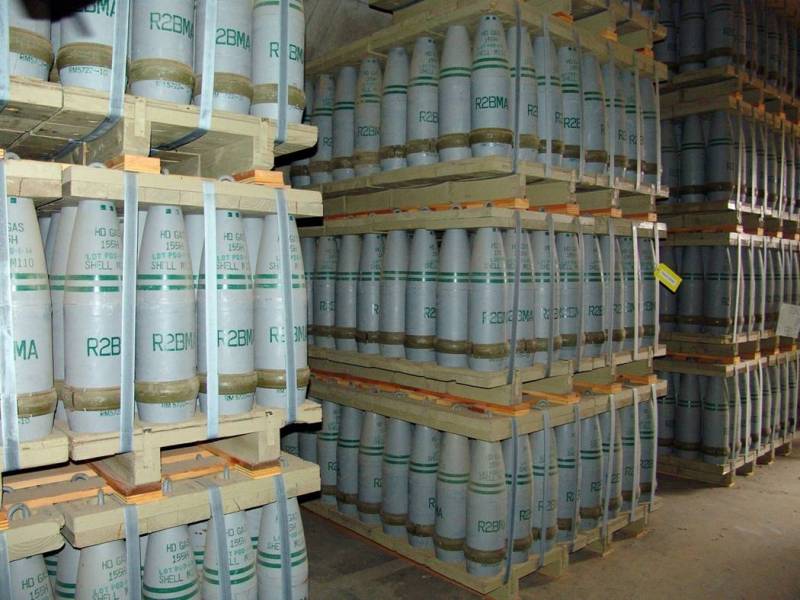
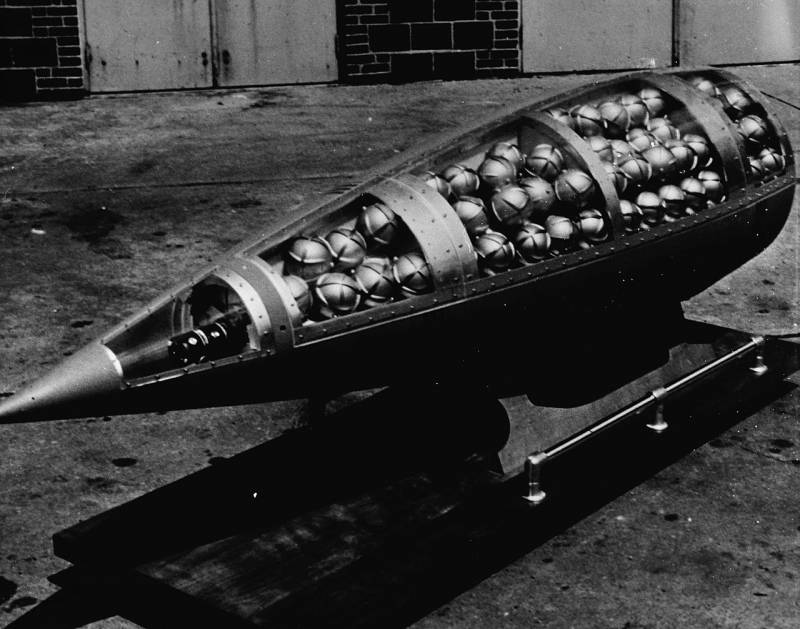
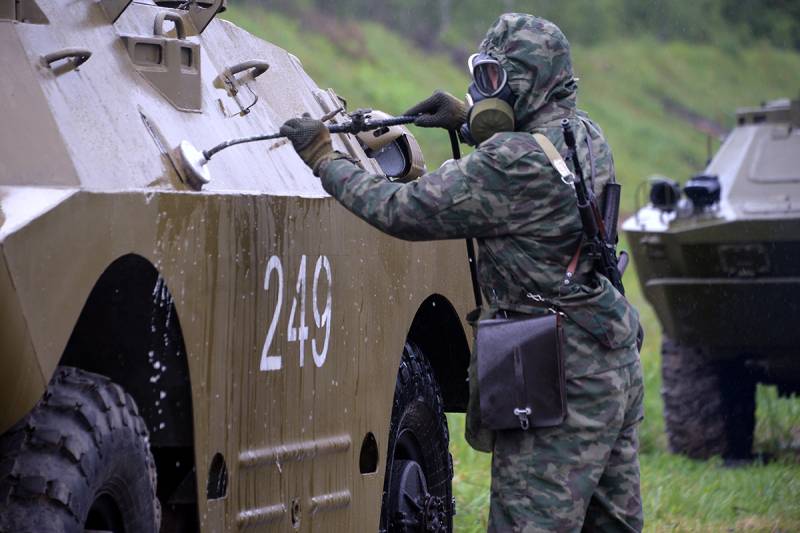
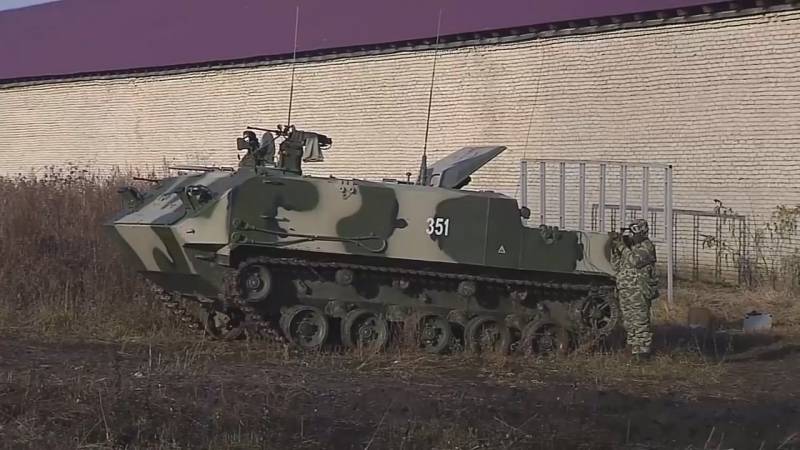
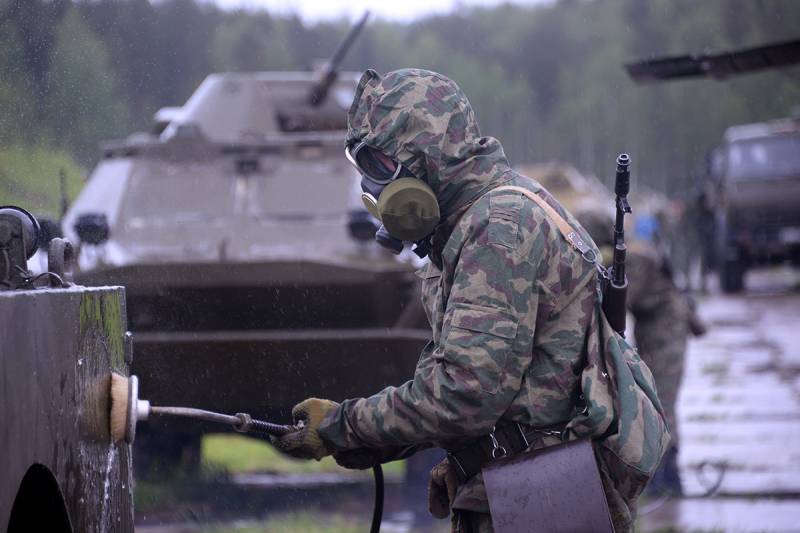
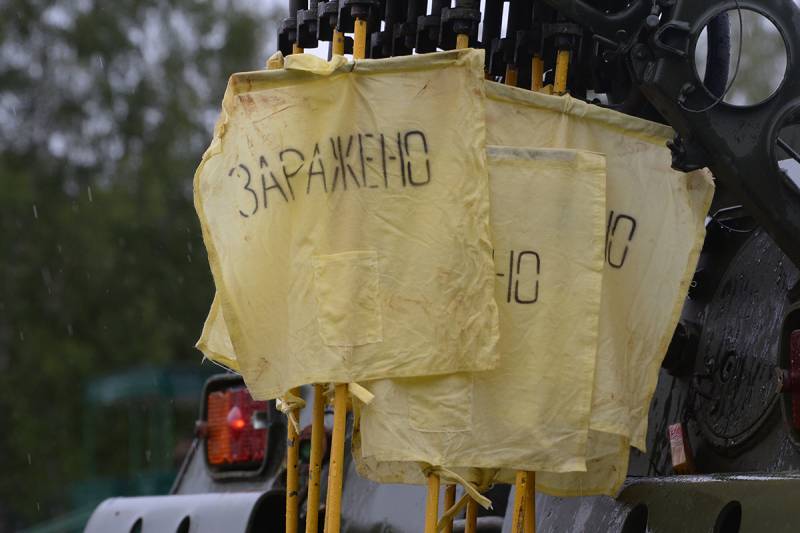
Information